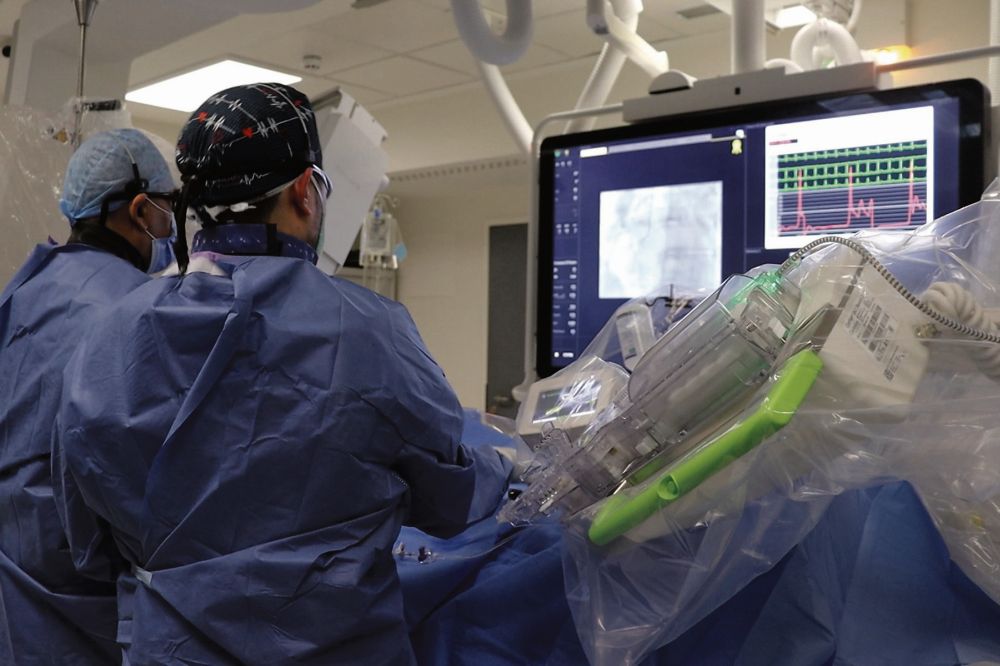Groundbreaking coronary operation at UHG offers vision of future healthcare
Published:
-
-
Author: Dara Bradley
~ 5 minutes read
From this week's Galway City Tribune
The announcement this week that Galway University Hospitals carried out the first robotic guided coronary intervention in Ireland and UK, has given researchers a glimpse into the future possibilities presented by this medical breakthrough.
Currently, University Hospital Galway is the centre of excellence for cardiovascular medicine for one million people in the West and North West.
It’s where patients from Sligo, Donegal and elsewhere go for coronary procedures, such as the insertion of stents to relieve blockages in the arteries of the heart.
That involves hours of travel, on top of lengthy procedures, which can be exhausting for patients.
But one potential benefit of new robotic technology is the prospect of remote procedures, explained Professor Faisal Sharif, Consultant Cardiologist, who carried out the first procedure in Ireland or UK, at UHG.
“I think we will see in the future more advantages, and value, when these procedures can be done remotely,” Prof Sharif told the Tribune.
This would involve a patient going to Sligo University Hospital or Letterkenny University Hospital to have a stent procedure, which would be carried out via the internet by a robotic ‘hand’ controlled by a consultant cardiologist based at UHG.
Obviously, the basic structures and a trained crew would need to be available in Sligo or Letterkenny, including nurses and junior doctors.
And Prof Sharif cautioned that for remote procedures to become reality here, there needs to be more research and development and more funding.
“That’s the potential and that’s the future but it hasn’t come yet,” he said.
What has come is exciting, too, though.
Before Christmas, Prof Sharif carried out three procedures which combined the benefits of coronary intervention with the precision of robotics.
The new technology is used in stent procedures to relieve blockages in the arteries of the heart. It allows for greater precision in positioning stents, allowing the interventional cardiologists to move the stent a millimetre at a time.
It also allows the medical team to have an enhanced, close-up view of the angiographic images and information during the entire procedure.
The new technology allows interventional cardiologists to use the robot as an extension of their own hand, allowing for robotic precision and details visualisation when positioning of guide catheters, guide-wires and balloon or stent catheters.
Prof Sharif said the technology was beneficial both to the patient and to the cardiologist.
“The main advantage of robotics is that it is safe and very precise in stent placement. It allows the accurate placement for up to 1mm at a time,” he said.
For the patient, this increased precision means less metallic material in the arteries, “and so less long-term side effects from that metal”.
The use of robotics also benefits staff, meaning fewer back injuries, less exposure to radiation and more precise placement of stents, he said.
Prof Sharif said UHG would be performing these procedures more regularly. They’ve started with straightforward cases, and over time, when they understand more about it, and the volume increases, they will increase complexity.
Seven more procedures are planned for the next fortnight but won’t entirely replace the traditional method, he said.
“Physicians learn a technique to do things over many years. That’s our livelihood, that’s what we do. If we bring machines in, there is going to be resistance. But at the moment, it’s to see the positive side of things, see how it can improve outcomes, how it can do things more safely, how it can take the load off physicians, who will still be fully trained to do it.
“It is just assistance. I think we need to learn what the potential is. It won’t replace anything. If any hospital has 10 operators, four or five may adopt it, others may stay the traditional way. I think the change will be slow. But I hope over time when they see the results they might like to change,” he said.
Originally from Pakistan, Prof Sharif’s home for 26 years is Ireland. As well as clinical work, the academic part of his job involves University of Galway tutoring and research commitments.
He’s a founder member of a university programme on medical device innovation called BioInnovate Ireland, which has developed start-ups over 10 years.
That synergy, as well as funding through Science Foundation Ireland, led to the first robotic procedure in Ireland and the UK taking place in Galway.
“In Galway we have a big medical device sector. It’s the ideal place to be for medical device developments, especially cardiovascular,” he added.
Chris Kane, General Manager of Galway University Hospitals welcomed the new technology.
“Innovations such as this are transforming medicine . . . this state-of-the-art robotics will enhance patient care for our patients across the West and Northwest of Ireland,” she added.
(Photo: The robotic guided coronary intervention at UHG. It was the first such procedure in Ireland and the UK).
More like this:
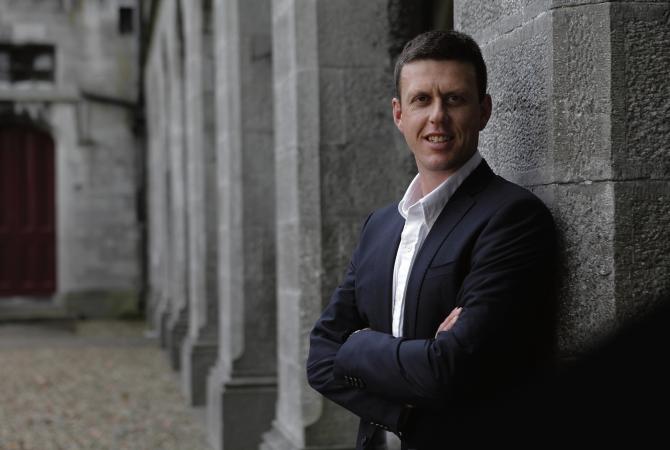
University of Galway study finds that seeing yourself on Zoom and Teams causes fatigue
A study of brain activity has confirmed users’ fears that viewing your own image on video confere...

Big turn-out for launch of Barna/Knocknacarra Irish Language Plan
A large crowd, young and old, gathered in Áras Mhic Amhlaigh recently for the launch of the Barna...
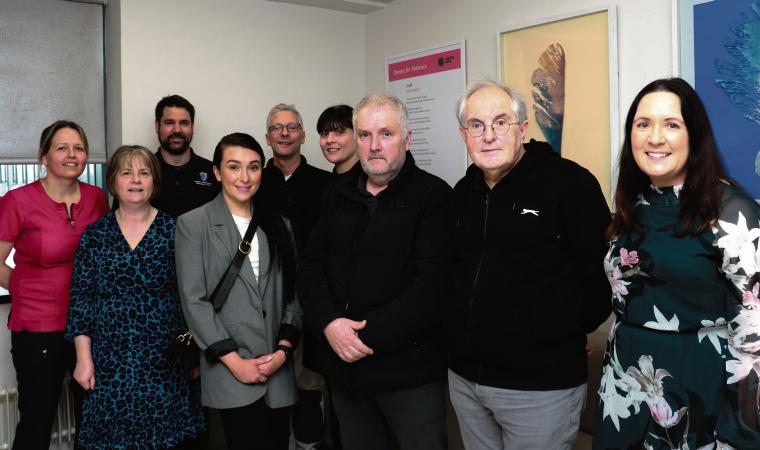
Organ donor families fund refurbished ICU Family Rooms in memory of their loved ones
Two family rooms in the Intensive Care Unit at UHG have recently been refurbished for use by fami...
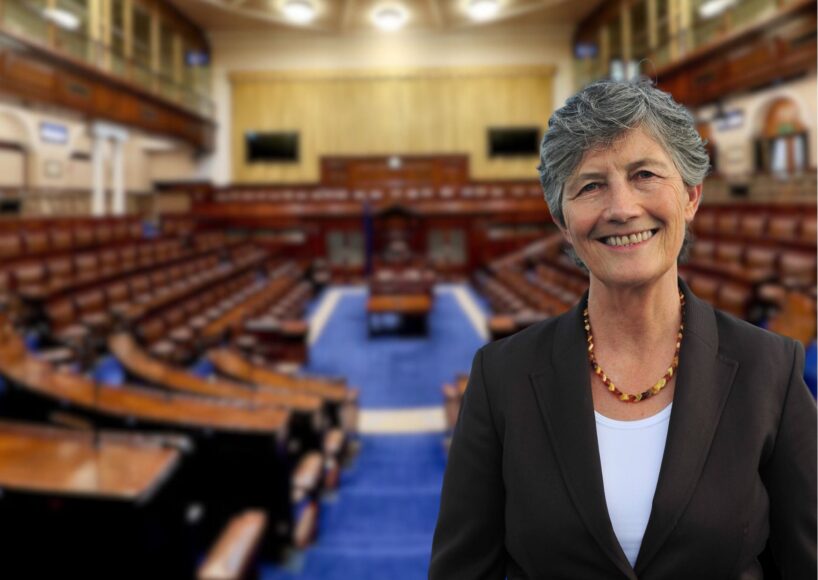
Catherine Connolly says “penny hasn’t dropped” with Government on meaningful climate action
The “penny hasn’t dropped” with the Government when it comes to the importance ...

Aquisition of Galway company creates largest renewable services
A leading Irish firm has acquired a Galway company, creating one of the largest renewable energy ...
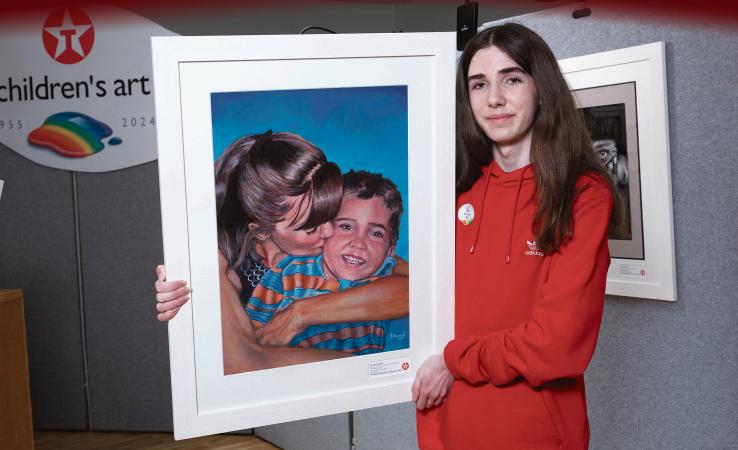
Gort teen is big winner as five Galway artists are recognised in Texaco Children’s Art Competition
A teenage artist from Gort was the big winner as Galway took home five prizes from this year’s 70...
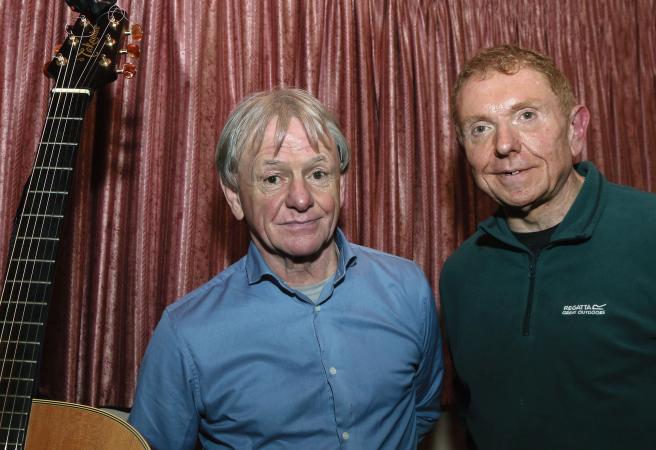
Galway poets make final crowdfunding push to bring Poetry Jukebox to the West
It looks like the periscope in a submarine – but this is a concept to take to the highways and by...
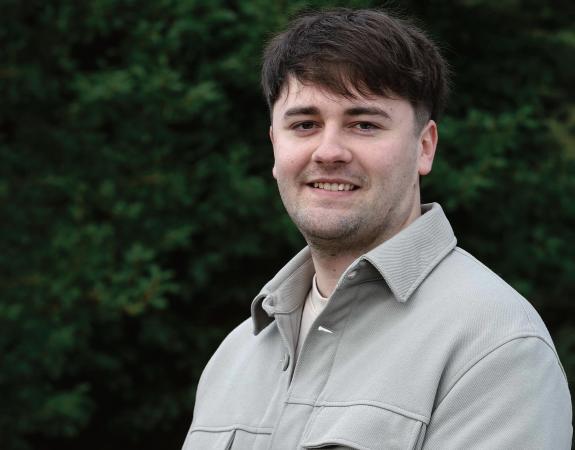
Galway graduate suggests greater use of sport to promote daily use of the language
A young Galway man with a passion for sport and the Irish language has told a Dáil committee that...

Carrabane pupils to feature in online magazine with rap about Sustainable Development Goals
The work of pupils from Carrabane School has featured in an online magazine. It features the work...
Sign Up To get Weekly Sports UPDATES




